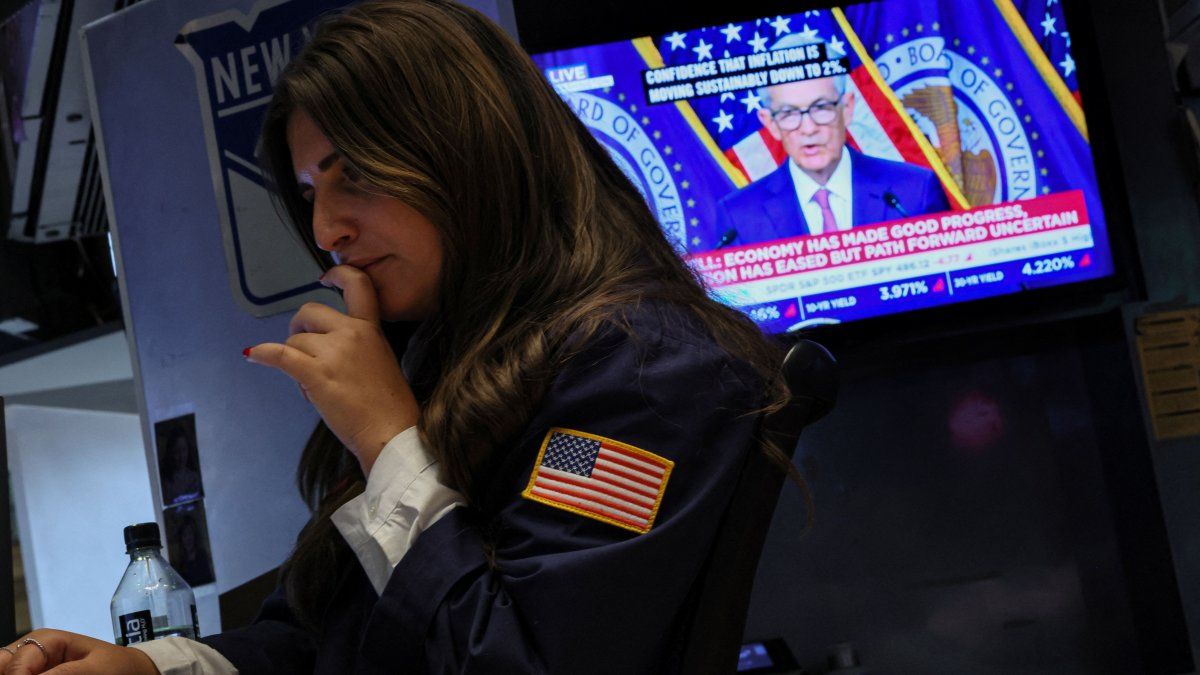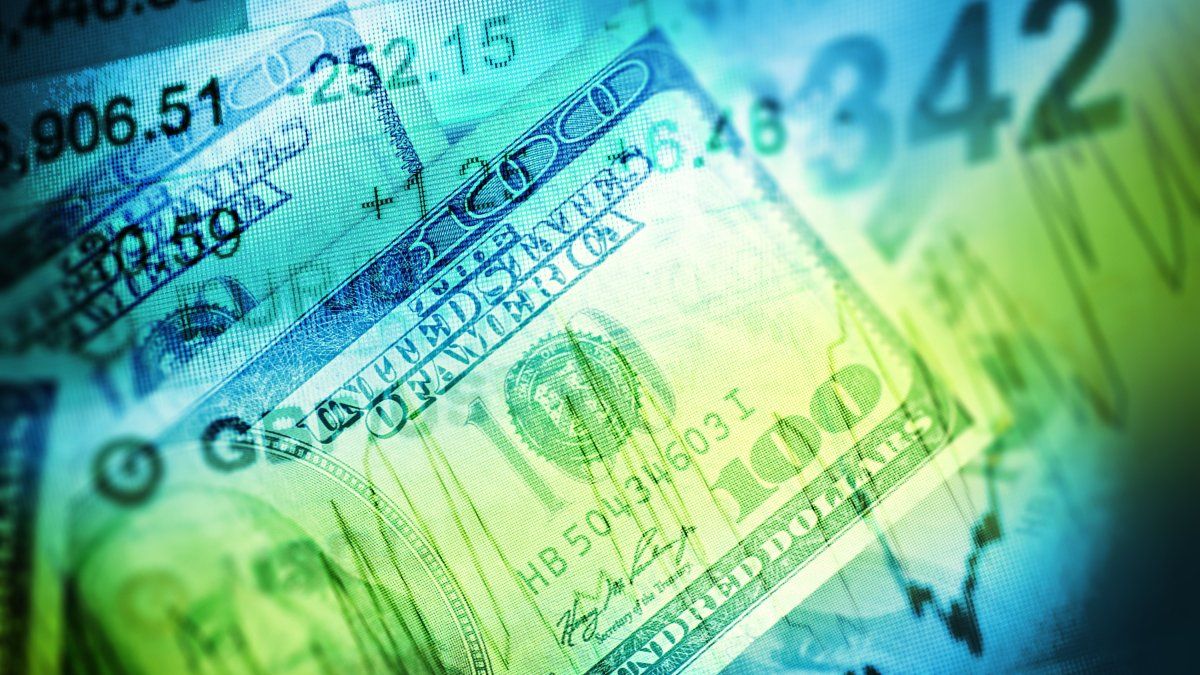In this context the Dow Jones Industrial Average rose 0.58% to 41,096.77 points; the S&P 500 rose 0.75% to 5,595.76 points and the Nasdaq Composite gained 1% to 17,569.68 points.
Producer prices rise above estimates
He Producer price index for final demand in August rose 0.2%, above estimates of 0.1%. July’s was also revised down to show the PPI was unchanged, instead of rising 0.1%, according to the U.S. Bureau of Labor Statistics.
Meanwhile, In the 12 months through August, the figure rose 1.7% after a 2.1% jump in the previous month.
According to Evercore ISI Institutional Equities, “While August headline and core PPI came in slightly above expectations on a monthly basis, there are weak components in the report, including nursing facilities, portfolio management, and investment advice, which filter out the Fed’s preferred measure of inflation, Personal Consumption Expenditures (PCE), pointing to a “reduction in price pressures.”
It has been widely said that The Fed will cut interest rates at its next meeting on September 17 and 18 in response to signs of a slowing labor market, although uncertainty surrounds whether the central bank would implement a 25 basis point cut or a deeper 50 basis point reduction. This week’s inflation data has reinforced the chances that the Fed opts for a quarter-point reduction.
What happened to the stocks?
The Moderna shares fell 12% after the drugmaker cut its annual revenue forecast and research and development (R&D) budget.
Moderna said it would cut its R&D spending by about $1.1 billion starting in 2027 in light of “recent business challenges,” and now expects 2025 revenue of between $2.5 billion and $3.5 billion.
Boeing rose slightly by 0.9%, even as the planemaker could face a strike as early as Friday if more than 30,000 of the planemaker’s workers in the U.S. Pacific Northwest vote to begin a work stoppage and reject a tentative labor agreement.
The company had previously reached a tentative agreement for a 25% pay increase, along with a commitment to build a new plane in the Pacific Northwest, improved retirement benefits and increased union involvement in aircraft quality.
However, the employees, who are represented by the International Association of Machinists District 751, are likely to reject the agreement on Thursday, with workers reportedly asking for bigger wage increases and other improvements in the agreement.
Warner Bros Discovery Inc (+9.5%) and Charter Communications Inc (+3%) agreed to a multi-year distribution deal that integrates linear and streaming video services.
Airline stocks advanced after Alaska (+1.4%) raised its third-quarter forecasts, boosted by strong summer demand. The improved forecast followed similarly upbeat outlooks from JetBlue Airways Corp (+5%) and Southwest Airlines Company (+0.6%).
markets wall street stock exchanges usa
Investors are coming off a choppy trading session that saw a late rally in technology stocks that helped major indexes rebound from their lows.
Reuters
Proposals under discussion
According to analysts Barclays Investment Bank, Republican presidential candidate Donald Trump’s tariff proposals would hit the profits of S&P 500-listed companies if he enacted them after winning a second term.
Trump has outlined plans to impose aggressive tariffs on $3 trillion worth of US imports, including a 10% to 20% tax on all foreign goods and a 60% tax on items from China.
The former president has said the tariffs are necessary to protect working-class jobs and end what he has called unfair practices by U.S. trading partners, particularly those with which Washington has large bilateral trade deficits, such as China and the European Union.
The funding raised by tariffs, estimated at trillions of dollars, could help offset the costs of Trump’s sweeping corporate tax cuts is also taking aim, according to media reports.
In a note to clients on Thursday, Barclays analysts projected that The proposed tariffs would lead to a 3.2% drag on S&P 500 earnings next yearalong with an additional 1.5% hit if countries choose to retail with similar measures.
“While the direct impact appears modest, second-order effects from a combination of higher prices and lower growth shocks implied by tariffs could act as an incremental headwind to corporate earnings,” the analysts wrote. They added that the “materials, discretionary, industrials, technology and healthcare sectors” appear to be “most at risk” from tariffs “given their heavy reliance on global supply chains.”
Regardless of the outcome of the November vote, Barclays analysts projected that the US Congress will remain divided at least at the start of the Trump or Harris administrations. As a result, they argued, the new president will likely need to “resort to executive and regulatory actions to advance policies that do not require legislation.”
“For example, the president has broad authority to set tariffs,” they added.
Source: Ambito
I am Pierce Boyd, a driven and ambitious professional working in the news industry. I have been writing for 24 Hours Worlds for over five years, specializing in sports section coverage. During my tenure at the publication, I have built an impressive portfolio of articles that has earned me a reputation as an experienced journalist and content creator.




